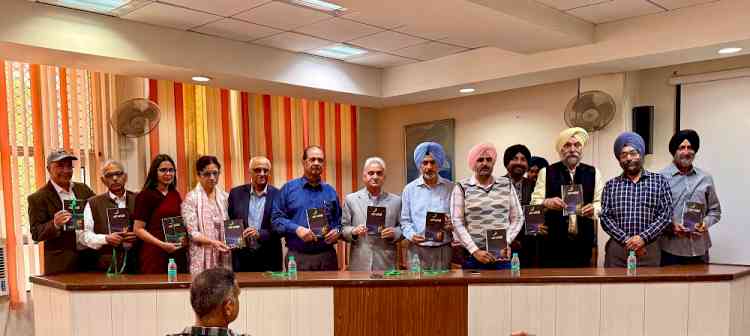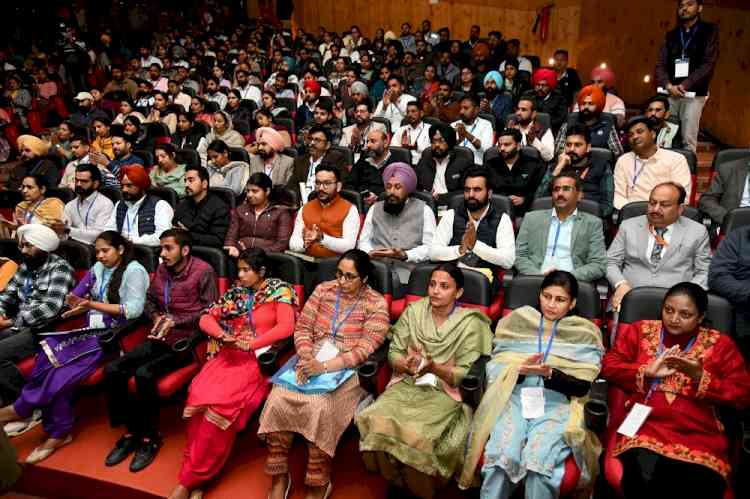OPINION: TEACHING staff shortage depicts pitiable situation of education standard in Punjab
The Right to Education Act came into force on April 1, 2010 and if we take into account the various imagined dangers to the education system in India, the top of the list of challenges, is the shortage of qualified teaching staff, besides infrastructure...
The Right to Education Act came into force on April 1, 2010 and if we take into account the various imagined dangers to the education system in India, the top of the list of challenges, is the shortage of qualified teaching staff, besides infrastructure like toilets and clean drinking water in all schools, in the absence of which the quality of education is deteriorating.
The future of future generation looks to be dark and gives a pitiable situation of the standard of education in government schools in Punjab when nearly 20 per cent of the total around 1.5 lakh sanctioned posts lie unfilled is enough to assume how pitiable the situation would be. In all, there are as many as 29,006 vacant posts, including of principals and headmasters which include Masters (11,012), JBT/ETT (6358), Lecturers (3870), Centre Heads (2051), Vocational (2029), Headmasters (706), Principals (522), as per the information given in the last session of the Assembly.
In fact, there is no concrete policy of even posting of teachers in Punjab. Recently, the Punjab Government has decided to close down about 690 primary schools in view of their non-viability, which were mostly opened keeping in view the vote bank of area. The districts of Jalandhar, Hoshiarpur, Amritsar and Gurdaspur are having more than 70 primary schools each facing closure. In Jalalabad constituency, which is now represented by Sukhbir Singh Badal, Deputy Chief Minister, Punjab, there are three primary schools just within the radius of 1 KM besides number of schools having either less students with more teachers or more teachers with less students. According to the Right to Education Act, 2009, the teacher-pupil ratio should be 1: 30. But in most of the government schools in the state, it is impossible to maintain this ratio due to the shortage of teachers. In most of these schools, one teacher is handing at least 50 to 60 students.
Even the rationalisation policy could not be implemented because of teachers posted around the Chandigarh boundary belongs to influential politicians or bureaucrats. As per the sources, the situation is more skewed in the rural areas.
The Akali-BJP alliance government, which claims for development in the state could be well judged from these facts that they have not bothered to take it seriously to fill up the vacant posts of teachers and of Right To Education is confined to only papers.
However, to tackle the situation, the Education Department has initiated certain plans, including the merger of 690 primary schools but the has to be withdrawn and put on review due to political pressures. While the government maintained that the merger will definitely take care of teachers’ problem in several places but according to the educationists, they are of the view that only the large-scale recruitments were the only solution.
(Disclaimer: The views expressed by the author in this article are his own and do not necessarily reflect the views of City Air News.)


 cityairnews
cityairnews 








